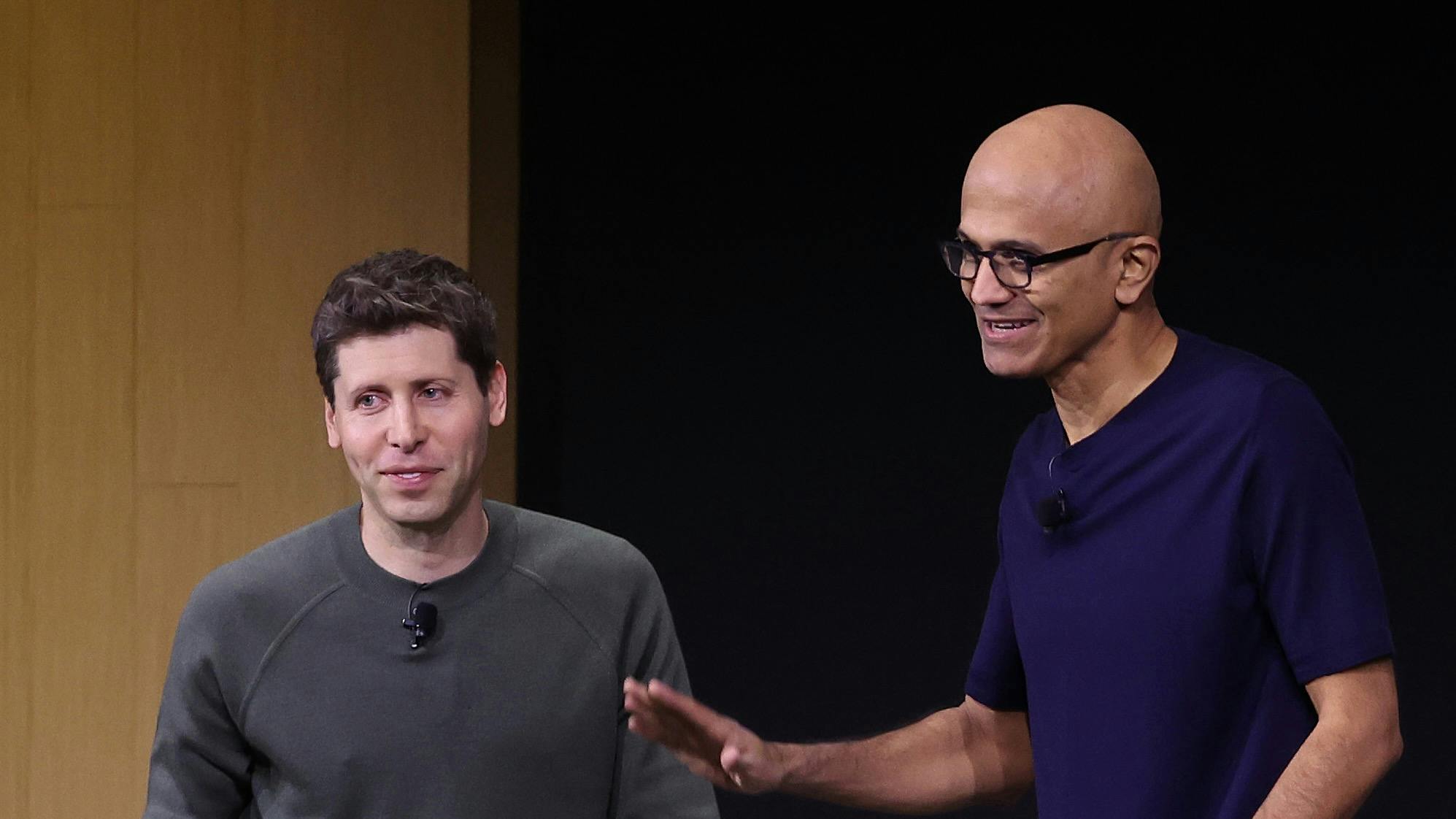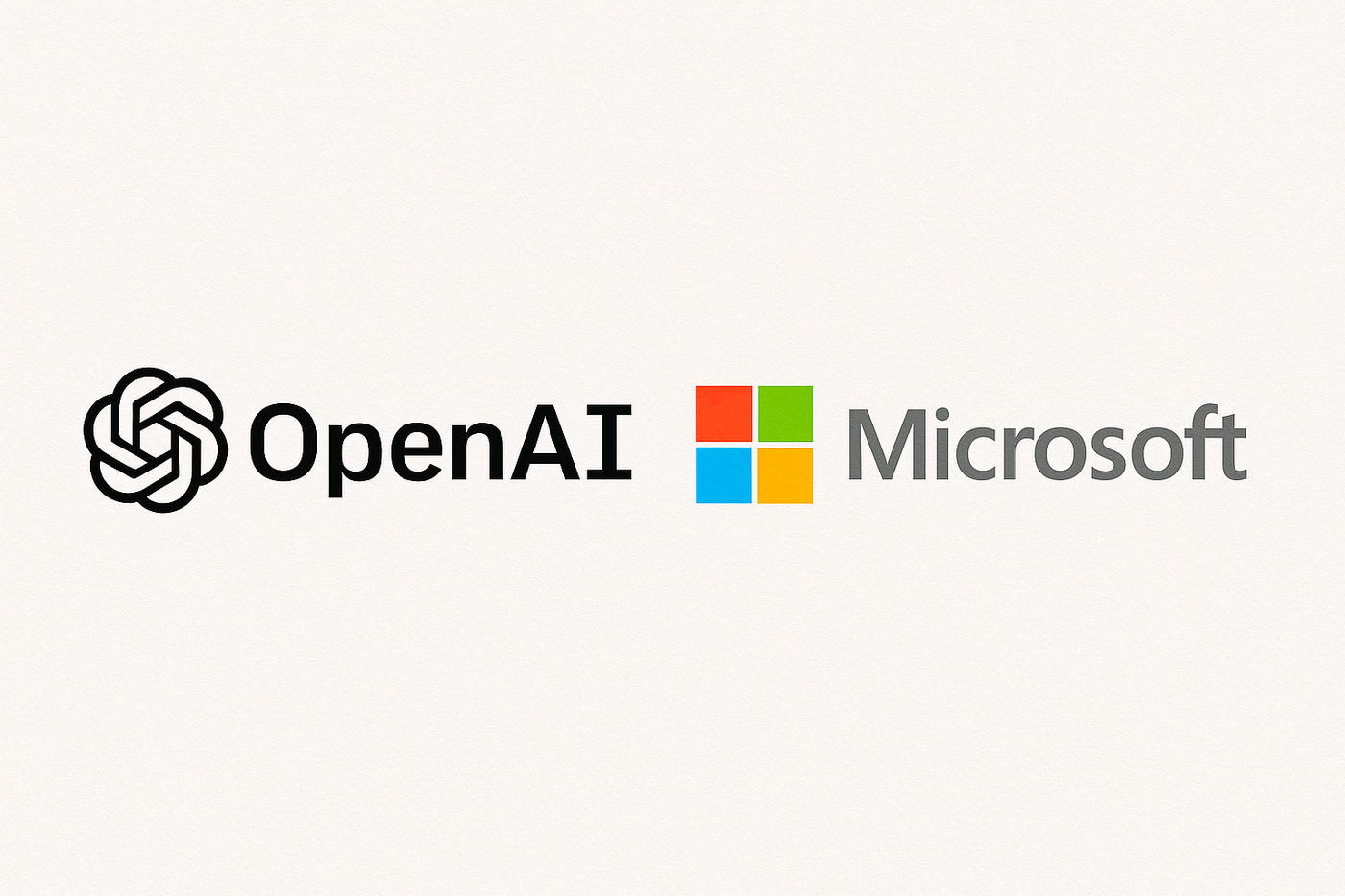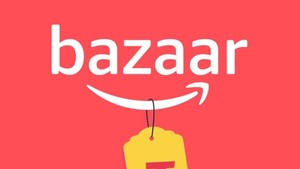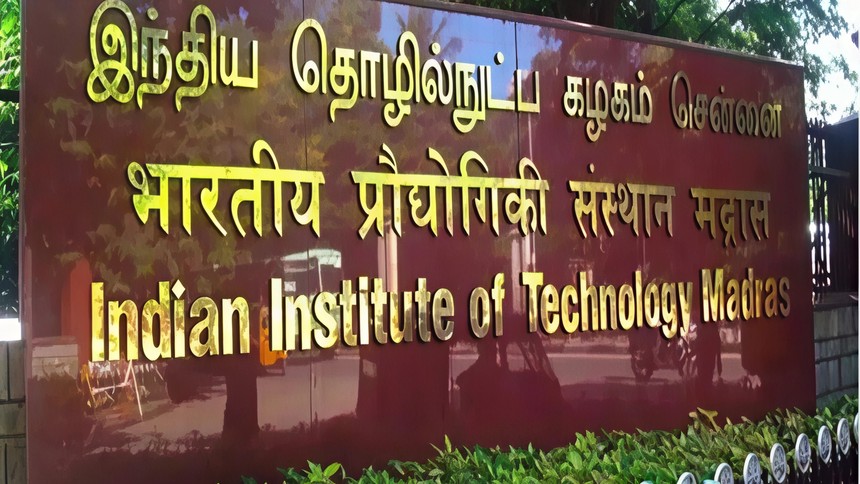A New Chapter in the Microsoft OpenAI Alliance
Microsoft and OpenAI have taken another step forward in one of the most closely watched partnerships in the world of technology. The two companies announced that they have signed a non-binding agreement that lays the foundation for new commercial terms, giving OpenAI the ability to restructure itself into a for-profit entity. This move is expected to help OpenAI adopt a more conventional corporate model, raise large-scale funding, and eventually prepare for a public listing that could value the company at around 500 billion dollars. While details of the final agreement are still being negotiated, this development signals a shift in how the partnership will evolve after years of exclusive arrangements.

Shifting Dynamics Between the Partners
Microsoft has been one of OpenAI’s strongest backers, investing one billion dollars in 2019 and adding another ten billion dollars in 2023. Under earlier terms, Microsoft enjoyed exclusive rights to sell OpenAI software tools through its Azure cloud services and had preferred access to the latest models. OpenAI was also required to use Microsoft as its sole compute provider. Those conditions have already been loosened this year as OpenAI pushes to diversify its partnerships. The company has signed cloud deals with Oracle worth 300 billion dollars and announced new collaborations with Google to expand its data center footprint. With OpenAI’s revenues climbing into the billions, this diversification is crucial to secure the computing power required for its rapidly growing customer base.
The Strategic Interests at Stake
For Microsoft, the deal represents a chance to protect its access to OpenAI technology even if the company reaches artificial general intelligence levels. Under the current agreement, OpenAI’s nonprofit board could technically end the partnership if its systems were declared to have reached human-level intelligence. By reshaping the structure, Microsoft aims to preserve continuity while OpenAI gains freedom to expand. OpenAI also plans to route about 20 percent of its future valuation—more than 100 billion dollars—to its nonprofit arm, making it one of the most well-capitalized nonprofits globally. This structure is designed to balance profit-making with the original mission of responsible AI development.
Regulatory and Market Considerations
OpenAI still faces important regulatory hurdles. Attorneys general in California and Delaware must approve its conversion before the end of the year. Missing that deadline could put billions of dollars of funding at risk. Investors and industry observers are closely watching the timeline as the company seeks to finalize its new governance structure. Meanwhile, competition between the two partners has also intensified. Microsoft is not only commercializing OpenAI models through products like Copilot and Azure but also investing in building its own AI systems to reduce reliance on OpenAI. This dual track creates a complex dynamic where collaboration and competition coexist.

Looking Ahead
The decision to move toward a for-profit structure signals OpenAI’s ambition to stand as an independent giant while still leveraging Microsoft’s reach and infrastructure. If finalized, this deal could reshape the landscape of AI partnerships, setting the tone for how tech companies balance exclusive alliances with broad market expansion. For investors and enterprises alike, the next few months will be critical in determining how the Microsoft OpenAI relationship evolves and what it means for the future of artificial intelligence globally.
Follow Tech Moves on Instagram and Facebook for more updates on groundbreaking tech partnerships, AI innovations, and market-shaping strategies.














